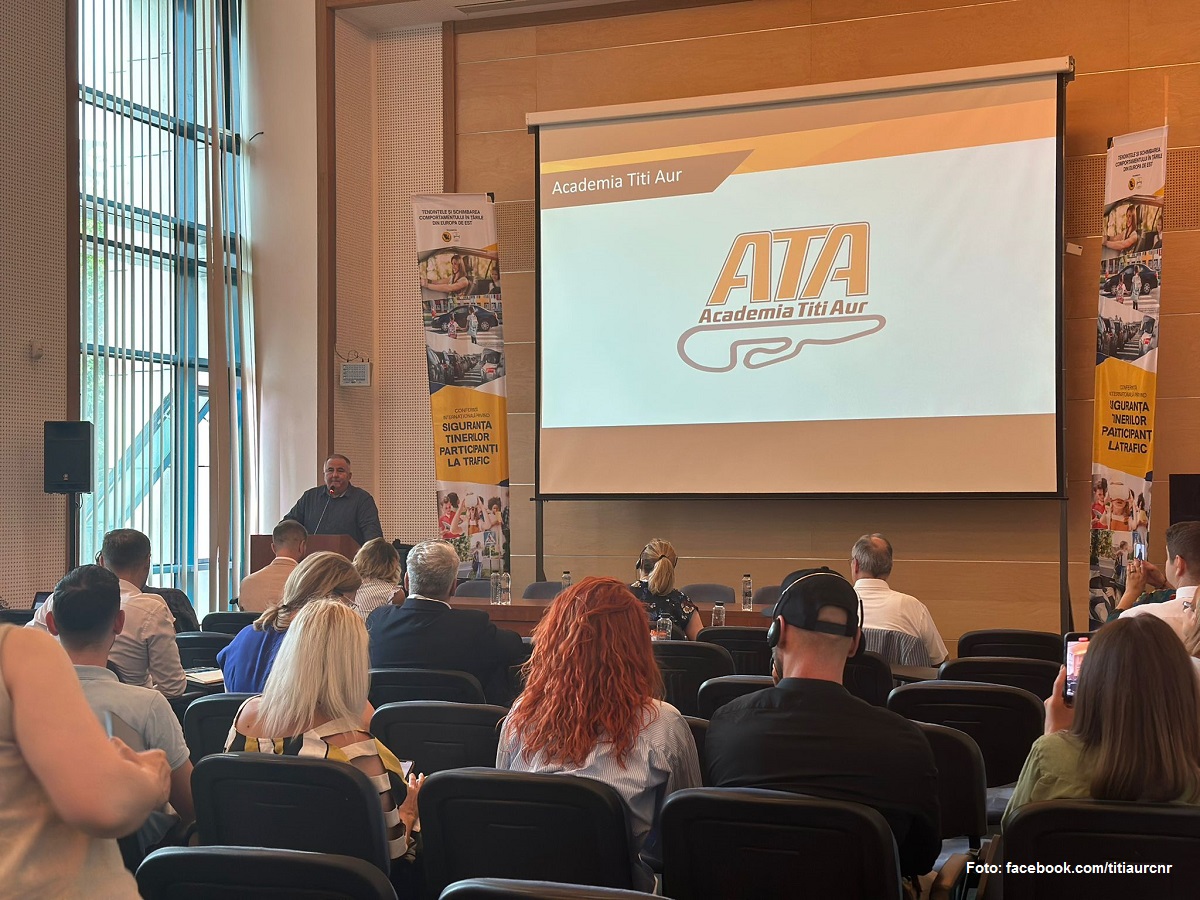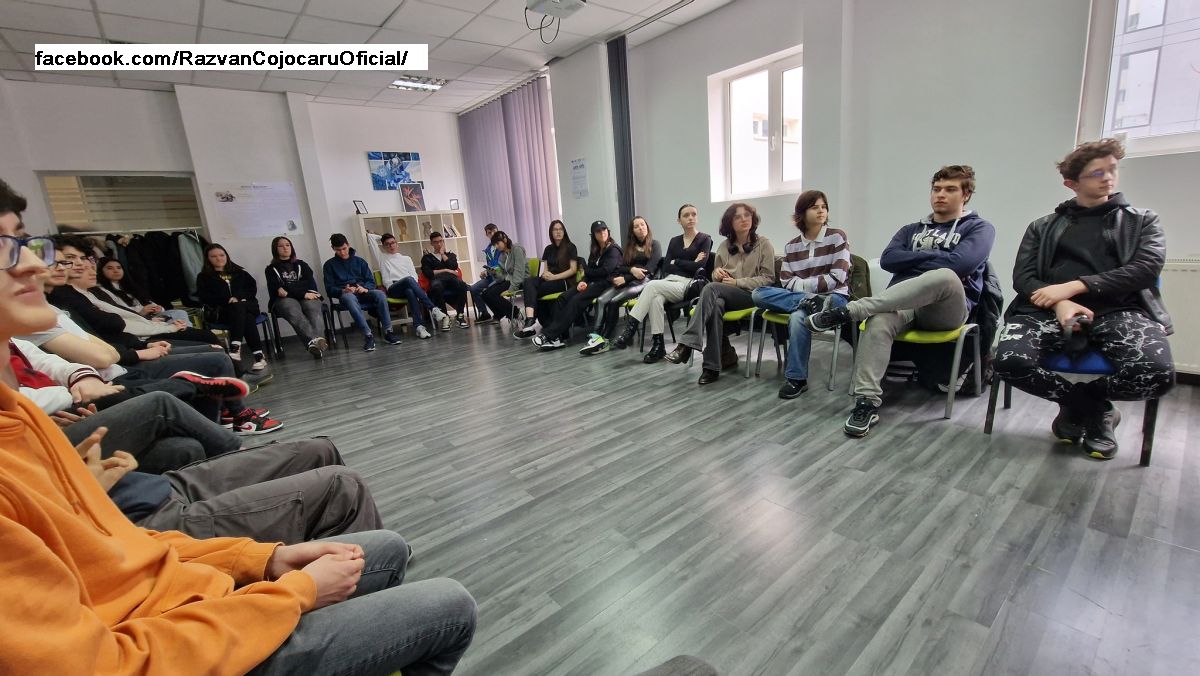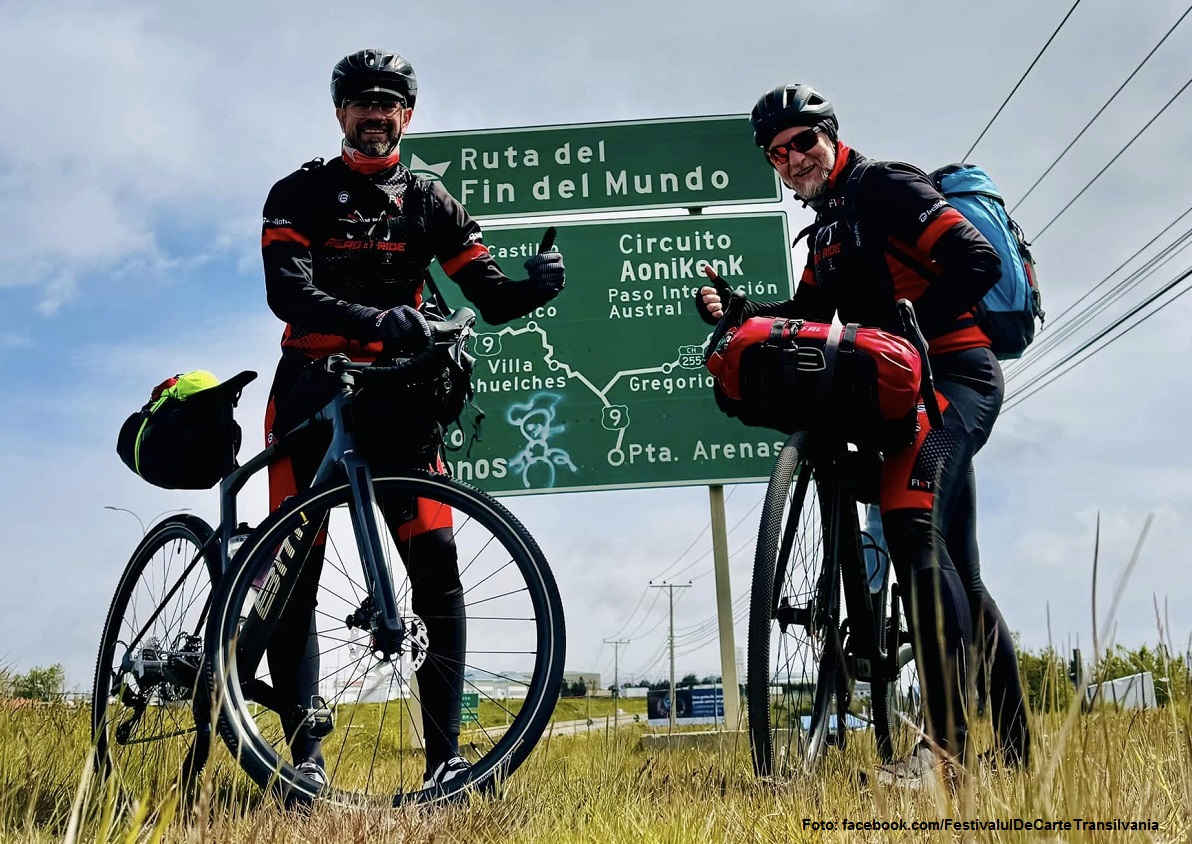Memory Museum
An essentially online museum, but one whose interactive exhibits are beginning to appear in various museum halls as well, an invitation to explore history.

Ana-Maria Cononovici, 30.10.2018, 13:52
Postcards with messages from the old days, governmental orders contradicting fake news or declaring the wounded in Bucharest’s hospitals “prisoners” of war, family photographs or historical accounts following step by step the events taking place since 1916 and many personal testimonies. This is, in a nutshell, what the Memory Museum is about. An essentially online museum, but one whose interactive exhibits are beginning to appear in various museum halls as well, an invitation to explore history.
Smaranda Pasnicu, a co-founder of the PunctArt Foundation and a project manager in the Memory Museum team, gave us more details: “The Memory Museum is an initiative of the PunctArt Association. It was launched last year, and stemmed from our desire to create a place for our memories, where each and any of us can contribute those things they don’t want to be forgotten, photographs, documents, and so on, and can have these memories accessed by as many people as possible. So we put together an online platform where anybody can upload a memory, and we are hoping that together, step by step, we will build a Memory Museum. And because the past is such a long time, we decided to focus in a first stage on a period of one and a half years, at the beginning of the 20th Century, during the Great War. A large team of historians, image and sound researchers, philosophers, anthropologists, have researched the archives of museums, private collectors, and even the archives of families and friends. First we made these exhibits available online, and in October we opened a first multimedia exhibition in Bucharest. We then took the exhibition to Constanta, where it is at present, and we intend to also travel to Iasi this year and to Ploiesti and Suceava next year.”
The Memory Museum aims at a subjective approach, providing the public with archives and testimonies, listening to the voice of the more experienced and helping others to hear them as well, says Smaranda Pasnicu: “Last year we created the first mechanism to reach out to the public, namely the memory telephone. It is a telephone just like the ones many of us have seen in our grandparents’ homes, a rotary dial telephone that we call ‘grandpa’s phone.’ It has 2 roles. First of all, it can be used to listen to various testimonies, interviews with older people or messages that we came across in our research. The second option is for visitors to record a message for themselves, which they can listen to next year. Some of you may have already seen this phone in our events, we have several items on display wherever the Memory Museum travels. In our exhibitions you will find several multimedia installations presenting parts of our research findings in a form that takes the boundary of imagination one step further.”
What we have also found out from Smaranda Pasnicu is that, using new technologies, PunctArt is trying to bring the young closer to art and culture, and on the other hand to persuade them to search for themselves, in their personal or family history, and find those bits and pieces that we tend to forget: “What our exhibitions are aimed at, beyond presenting pieces of what we have discovered using multimedia installations, which I am not going to describe now so as not to ruin the surprise, is to make you start researching, to touch you and prompt you to reopen those drawers with old photos, old objects which you no longer know how to use or where they came from, but which you cannot throw away because they are part of your personal history, part of you.”
Moreover, anyone can contribute to the museum collection, by uploading an item on the website: “We believe that everything must be treasured, that we must stop forgetting, so whoever wants to add a small piece in the puzzle we are trying to make is welcome to contact us.”
We asked Smaranda Pasnicu how children respond to the exhibits in the museum: “So far we’ve had wonderful experiences with them. We are always surprised to see how open to this project everyone is. Even the very young children, who see the memory telephone as a museum item, when they come here with their parents they discover it is an object that was once part of their life. There is no entrance fee to our events, we hope as many people as possible will be able to enjoy them and we also hope we will manage to put together this Memory Museum from those things that are important to each of us, even if they may seem uninteresting at some point. We hope to make people realize that everything is part of our history, that these unsung heroes that we talk about are in fact our grandparents and great-grandparents who went through very difficult times and whom we tend to forget.”
So, if you want to explore history using histories, the Memory Museum is a good place to start.






























